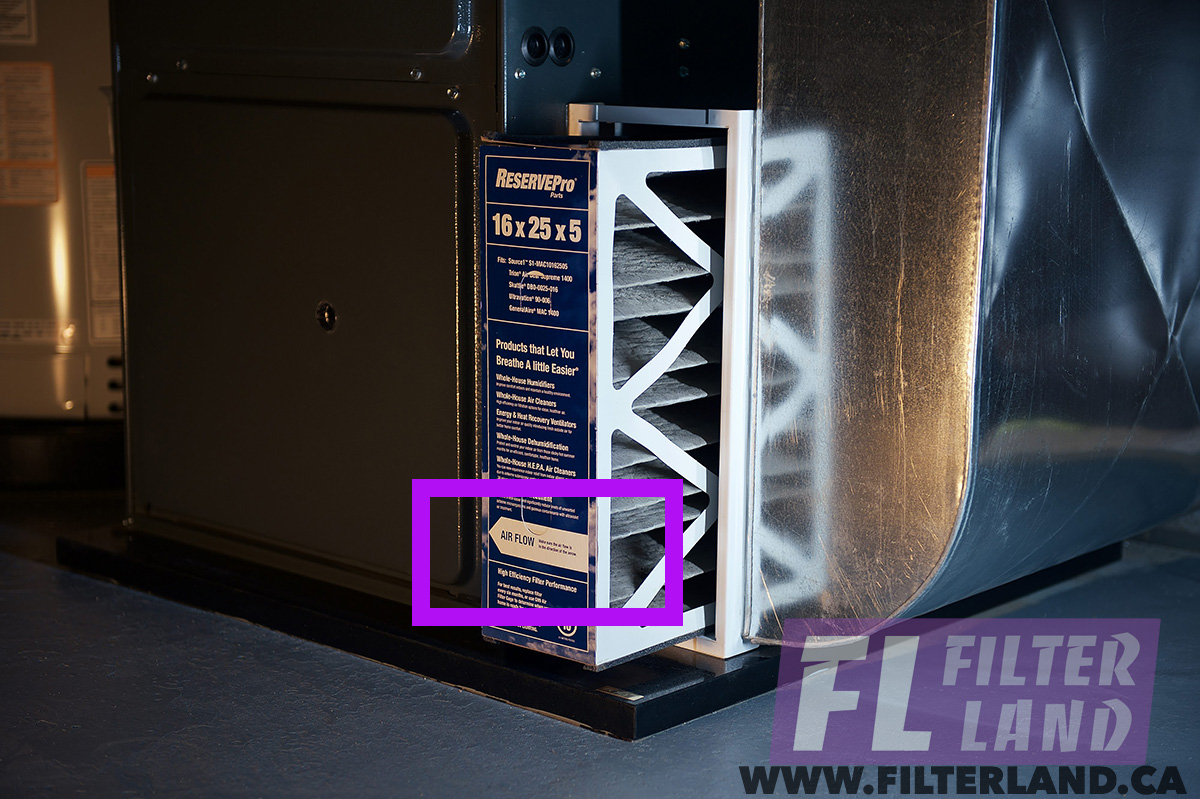
In the realm of home maintenance, the furnace filter serves as a silent sentinel, a guardian that shields the heart of your heating system from the relentless encroachment of dust and debris. Yet, despite its pivotal role, many homeowners grapple with an elemental conundrum: which direction should the furnace filter face? This seemingly innocuous query unfolds a tapestry of intricacies, encompassing operational efficiency, air quality, and longevity of the system. Understanding the correct orientation of the furnace filter is akin to mastering the compass in uncharted waters—each direction holds significance, and the right choice ensures smooth sailing throughout the winter months.
To delve into this topic, one must first comprehend the anatomy of a furnace filter. Typically constructed from various materials such as fiberglass, pleated paper, or synthetic fibers, these filters vary in thickness and efficiency. Each filter boasts directional markings, often manifested as arrows imprinted on the frame, guiding users towards optimal positioning. These arrows are not mere suggestions; they are the very essence of the filter’s design, aligning with the flow of air that courses through the furnace.
The direction in which a furnace filter is installed substantially affects its performance. When installed correctly, the filter captures airborne particles, allowing only clean air to traverse through the system and into your living space. Conversely, installing it backward can result in a cascade of complications: decreased efficiency, impaired airflow, and the risk of the filter collapsing under strain, akin to a ship floundering against tempestuous waves.
In dissecting the mechanics of airflow, one must recognize that most residential furnaces operate by drawing air from the home, passing it through the filter, and then distributing the conditioned air back into various rooms. Thus, the air must flow through the filter in the proper direction to maximize filtration efficiency. The correct orientation sees the arrows on the filter aimed toward the furnace, ensuring that dust-laden air is drawn into the fibers, trapping contaminants before circulation. This principle of flow is foundational in both engineering and biology; just as streams must flow unimpeded to nourish ecosystems, so too must air navigate through obstructions with clarity and precision.
Moreover, the impact of proper filter orientation extends beyond immediate efficiency; it also nimbly balances the delicate ecosystem of your heating system. When filters are installed incorrectly, airflow resistance increases, causing the furnace to work harder than necessary. This scenario parallels a marathon runner bearing an unwieldy backpack—each added ounce makes the journey arduous and diminishes overall performance. Overextended strain may culminate in undue wear on the furnace components, subsequently shortened lifespans, and intensified maintenance needs. Therefore, a simple adjustment in installation could save homeowners from a cascade of downstream issues.
While the technical aspects of filter orientation are paramount, one must not neglect the more abstract, yet equally compelling, angle of indoor air quality. The air we breathe within our homes significantly impacts our health and general well-being. A properly oriented filter acts as a frontline defense against allergens, pollutants, and irritants. According to the Environmental Protection Agency, indoor air can be two to five times more polluted than outdoor air. Thus, ensuring that the furnace filter is installed and functioning optimally is paramount in cultivating a safe haven that mitigates health risks. It is the linchpin in creating a sanctuary, an invisible barrier that bears the weight of our respiratory well-being.
Furthermore, aesthetics and comfort play a notable role in this discussion. A poorly maintained heating system can lead to uneven distribution of warmth, generating cold spots and rendering certain areas of the home uninhabitable. Proper filter orientation not only enhances filtration but also promotes consistent airflow, allowing warmth to transcend evenly throughout all chambers of the domicile. Homeowners can genuinely revel in the luxurious embrace of a well-heated home, one that feels as though it breathes alongside them—a harmonious collaboration between human and machine.
But what of the maintenance and the replacing of filters? Here lies another pivotal crossroads wherein knowledge and practice intertwine. Filters should typically be inspected monthly and replaced at intervals dictated by usage, environmental conditions, and filter type. As seasons shift and dust settles, homeowners must remain vigilant, attentive to the signs of diminished airflow. Maintaining this diligence is akin to tending a garden; neglect can lead to overgrowth and unforeseen consequences. The stakes may seem low, yet the rewards of foresight and preparation are irrefragable.
In summation, the direction of the furnace filter is a detail that radiates with broader implications than might initially be apparent. Each arrow, each breath of air filtered through this humble appliance binds together the functionality of your heating system, the quality of indoor air, and the overall comfort of your living environment. A simple orientation, a prevailing directive, transforms ordinary living conditions into a sanctuary of warmth and ease.
In navigating the intricacies of furnace filter installation, remember that you are not merely performing a task; you are participating in an ongoing dialogue with the ecosystem of your home. Embrace this knowledge, for in doing so, you arm yourself with the power to protect and preserve not only your furnace but also the very air that envelops you.
